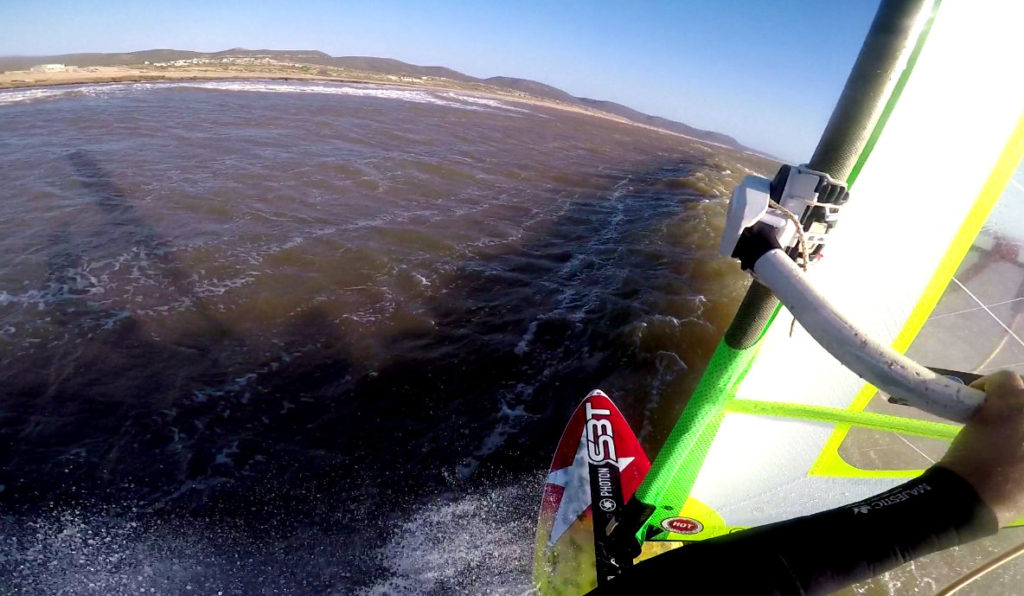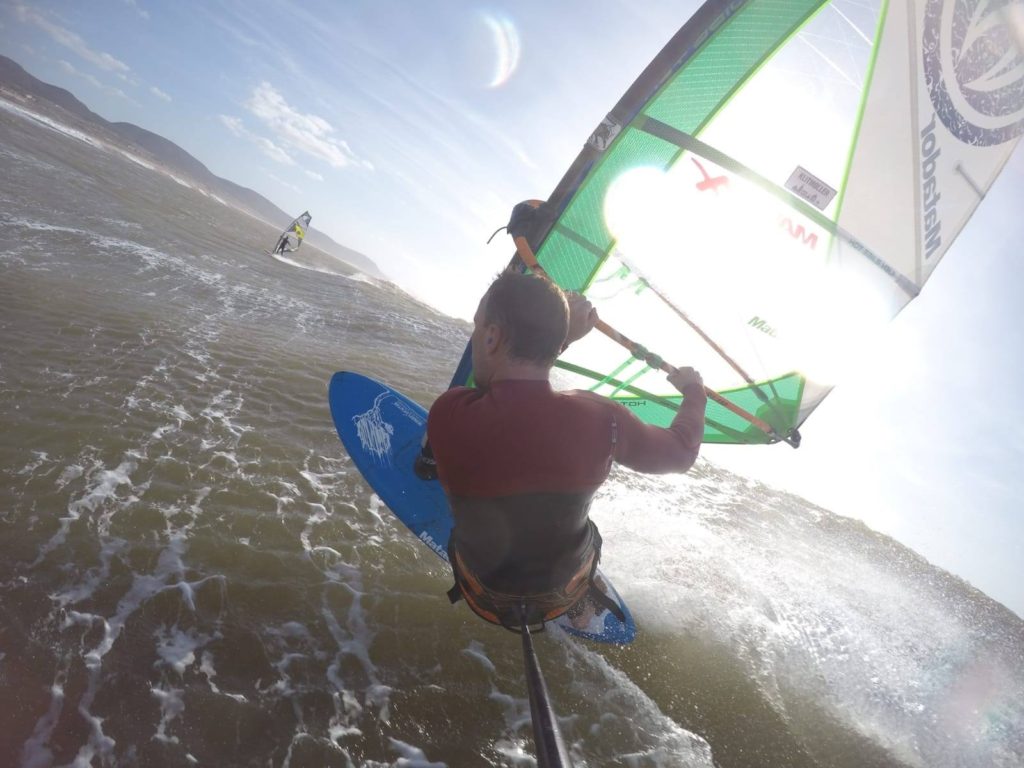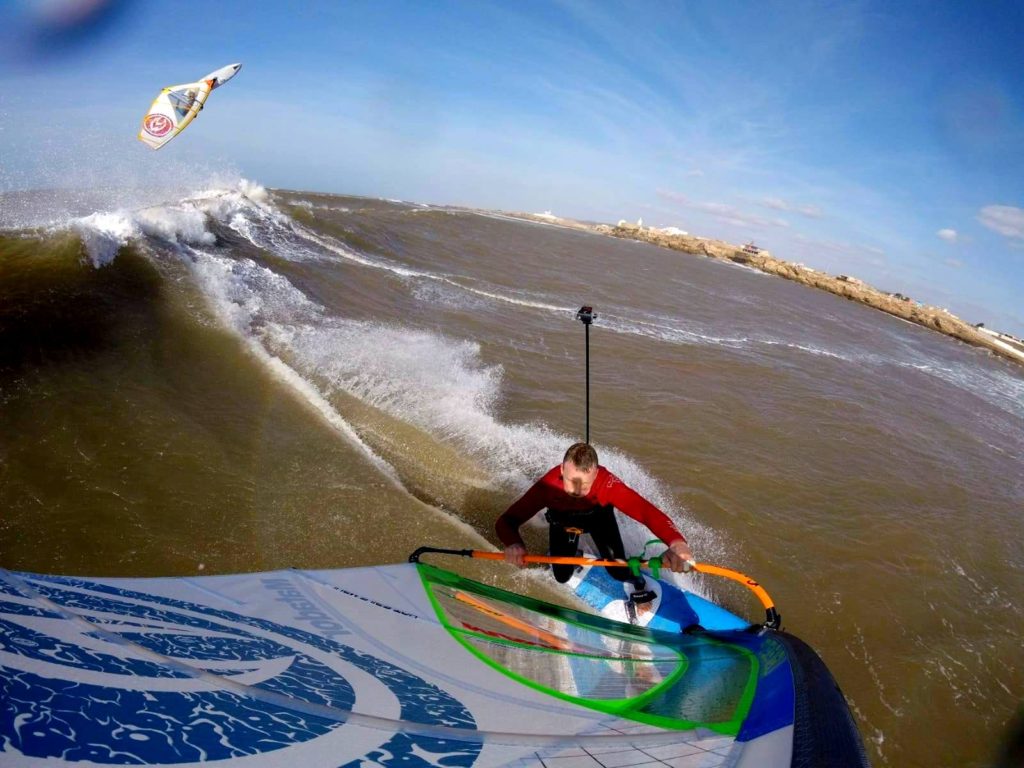Waveriding involves a lot of observation, patience, and practice. Once you study where and when waves will break, you’ll feel more comfortable and have more fun in the water; your sessions will become more enjoyable, experience fewer wipeouts, get less tired, and gradually improve your technique and start riding more challenging waves.
Learn about position in the ocean and vision:
- As waves come in sets and each set has a similar period of time between each one, make a note of the time between sets and be sure that your position in the spot is OK when you estimate a new approaching set. Study where the waves are breaking, look towards the beach, choose a lineup marker (palm tree, house, rocks… etc.), and then come back directly to “the same spot” each time. Putting this into practice for each approaching set of waves will give you a greater chance of being in the right place at the right time.
- Look at the horizon line and when a set is coming, choose the last wave of the set and compare it with the other waves that are already breaking in front of you to have an idea where and when your wave will break, how far out it will break from the beach and what kind of shape it will make.
- Don’t take your eye off the wave until the top turn is done! By keeping a constant eye on the wave you will able to assess how the wave is forming and changing so you can wait for the correct time to decide where you will do your turns.
- Once you catch a wave, don’t run away from it, use it as a downhill ramp and let the wave be more of your source for power and speed. Identify the highest point of the wave where you should be before you start your turns, that’s where the wave will break first and if your wave doesn’t look good, get out of it and wait or look for another one.
Learn more about techniques with your hands, feet, and vision on this video:




